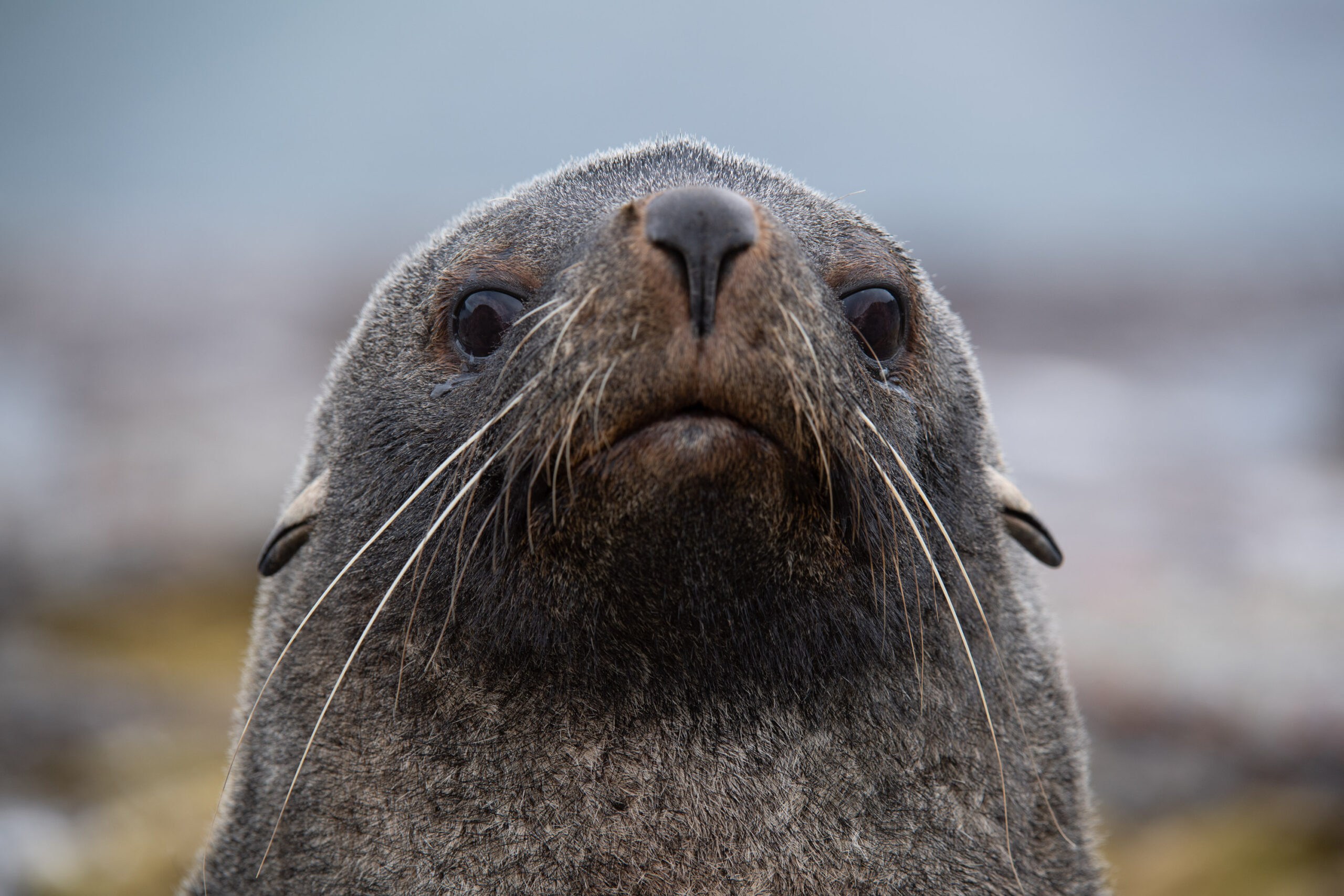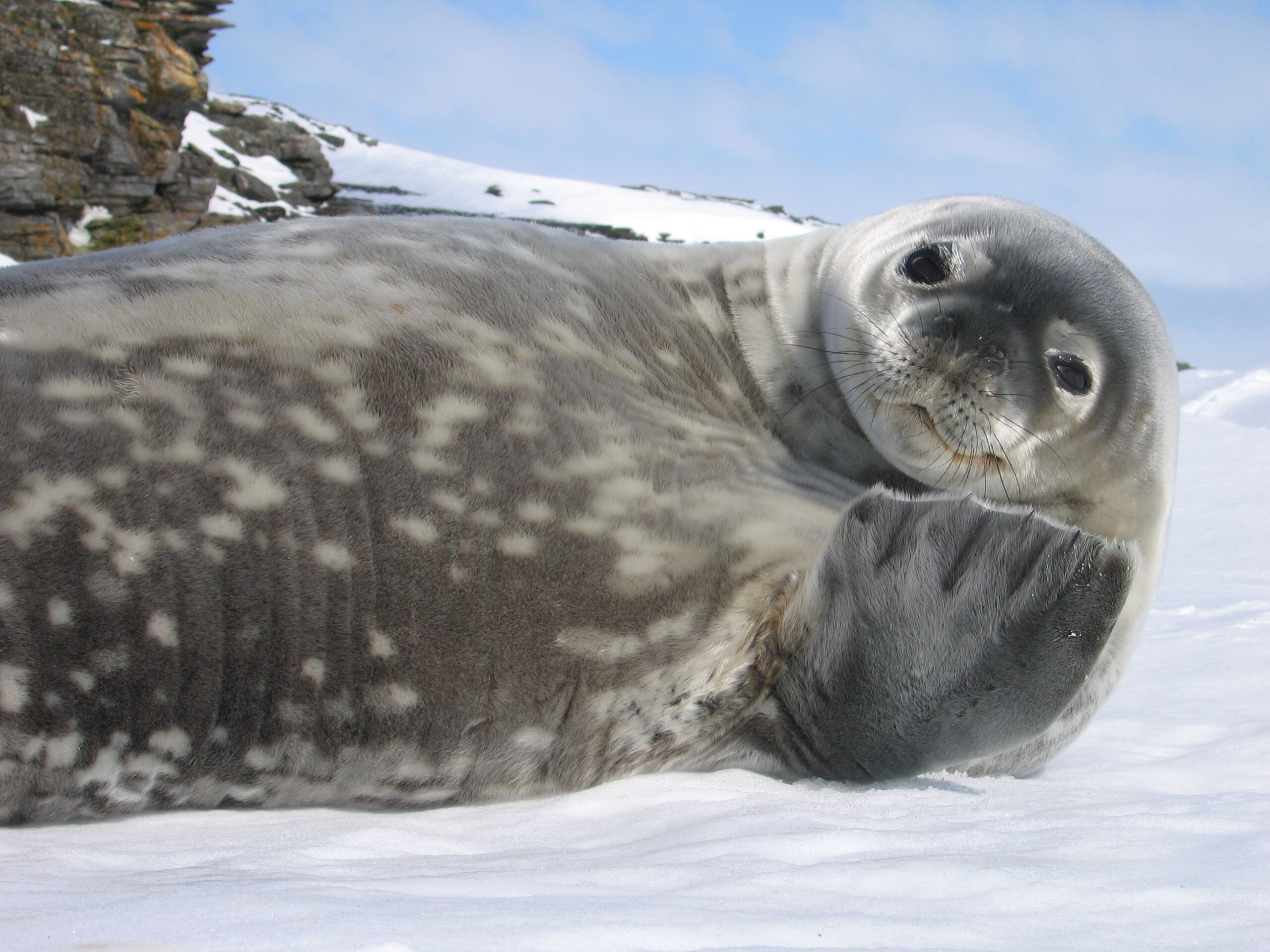New study reveals how Antarctic seals are responding to shifts in Antarctic sea ice and what long term changes could mean for their future survival.
A new study of Antarctic seals shows that environmental conditions are leading to a severe decline in their populations in the South Orkney Islands. New results are published today (Wednesday 18 June) in the journal Global Change Biology and show how seals depend on sea ice for their survival.
Researchers from the British Antarctic Survey (BAS) have been monitoring seal numbers in the sub-Antarctic on Signy Island, in the South Orkney Islands, since the 1970s. Now, thanks to nearly five decades of consistent seal counts and satellite sea ice data, they've been able to validate predictions about how sea ice conditions shape seal habitat - offering a powerful tool for forecasting what lies ahead.

The new study looked at three species: Weddell seals, Antarctic fur seals and southern elephant seals. It found that Weddell seals, which depend heavily on sea ice to breed and feed, and Antarctic fur seals, which breed on land but are still affected by environmental impacts on the food chain, have declined sharply by 54% and 47% respectively over almost 50 years. Southern elephant seal numbers shared similar population trends over time, but in this study they showed no significant overall long-term decline. The changes in all three species are strongly linked to shifts in sea ice; when it forms and melts each year and how long it lasts.
Michael Dunn, lead author of the study from the BAS said:
"We've seen fur seal populations bounce back in the sub-Antarctic after hunting was banned in the 1960s. But this study offers a rare glimpse into the changes now unfolding in one small part of Antarctica. For once, we're not just predicting how wildlife might respond to shrinking sea ice and environmental shifts, we've had the rare opportunity to confirm it, using solid, long-term data. The emerging picture is deeply concerning."
Using satellite records of sea ice concentration dating back to 1982, the team tracked annual changes in sea ice timing, extent and duration, then compared them to seal counts carried out every year since 1977.

Uniquely, the dataset spans a period of long-term warming, punctuated by a temporary cooling phase from approximately 1998 to 2014. This natural fluctuation gave the team a "before and after" scenario, allowing them to observe how seal populations reacted to changing ice conditions over time - something shorter-term studies can only speculate about.
The results show profound variation in numbers of the three Antarctic species over nearly five decades and challenge earlier assumptions that Antarctic fur seal numbers had stabilised in the South Orkneys. In fact, since around 2015, fur seal numbers have dropped sharply and continue to fall.
The research highlights the vital importance of long-term ecological monitoring. Many environmental effects on wildlife can only be truly understood and validated over decades, not years. The study also sheds light on broader ecosystem risks, with researchers raising concerns about how climate change is disturbing the fragile Antarctic food web - a system all three seal species depend on.






